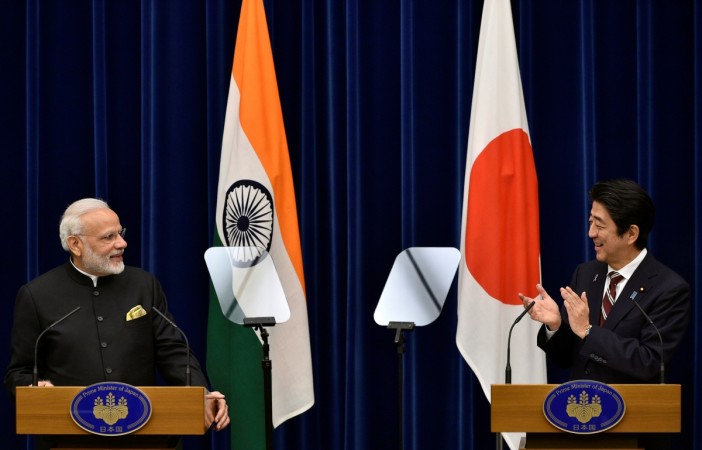As per a report by IHS Markit, Indian economy will overtake Japan by 2025. The country surpassed France in 2018 to become sixth largest economy after the United States, China, Japan, Germany, and the United Kingdom. These countries have GDP of $19.390 trillion dollars, $12.237 trillion dollars, $4.872 dollars, $3.677 dollars, and $2.622 trillion dollars respectively n 2018.
The Economic Survey 2019 gave a blueprint to achieve ‘5 trillion dollar economy by 2024 goal’ set by the Prime Minister. The HIS Markit report has vindicated that the 5 trillion goal is very much possible if the country grows at 8 percent real rate in upcoming years. “IHS Markit estimates that India will overtake the UK to become the world’s fifth largest economy in 2019, and forecasts that Indian GDP will reach $5.9 trillion in 2025, surpassing the GDP of Japan to make India the world’s third-largest economy,” said the report.
The report also forecasted that the size of the Indian consumer market will increase from 1.9 trillion to 3.6 trillion by 2025. “As India continues to ascend in the rankings of the world’s largest economies, its contribution to global GDP growth momentum will also increase. As the size of its consumer market continues to grow at a rapid pace, India will also play an increasingly important role as one of the Asia-Pacific region’s major economic growth engines, helping to drive Asian regional trade and investment flows,” reads the report.
In the ongoing fiscal year, India will overtake the United Kingdom. For India to take over its former colonial master would be a matter of pride and joy. It should be noted here that India’s share in the world GDP was almost 25 percent when the British first came to India. The loot and exploitation by the British was so devastating that the country’s share in the world GDP came down to almost 2 percent when they left the country in 1947.
The combined effect of colonial loot and backwardness in industrialization diminished the stature of the country with respect to world GDP. India was known as the ‘crown jewel’ of the British Empire because it contributed the most for the expansion of the empire and wealth creation in Britain. Now when the country will surpass Britain in 2018, in just 7 decades after getting independence, this will be a befitting reply to our former colonial masters.
The economic growth of almost 5 percent in the Nehru years was as per the capacity of a newly independent nation. But the socialist model of development adopted by Indira Gandhi which included nationalization of banks and major industries hampered the economic growth of the country. The average annual GDP growth fell below 3 percent in the late 60s and 70s. Economic liberalization in 1991 opened up new avenues for the growth of Indian economy. Since India adopted the liberalization-globalization-privatization (LPG) program, it grew above the rate of 5 percent in every year and even above 9 percent in some good years. The stature of India in the world economy is reviving slowly with its share rising above 3 percent and its contribution being a major share in the world GDP growth.
Given its socio-economic history and conditions, India is bound to succeed in a free market economy, because the historical reason behind the success of the Indian economy was the free market principals it followed. In its 5000 years long history the country never followed a state dominated model for economic growth and always believed in its people for the creation of wealth as well as for societal welfare. With the country accepting free market capitalism with an open heart in recent years, it will once again become one of the largest economies in the world in the coming decades.
